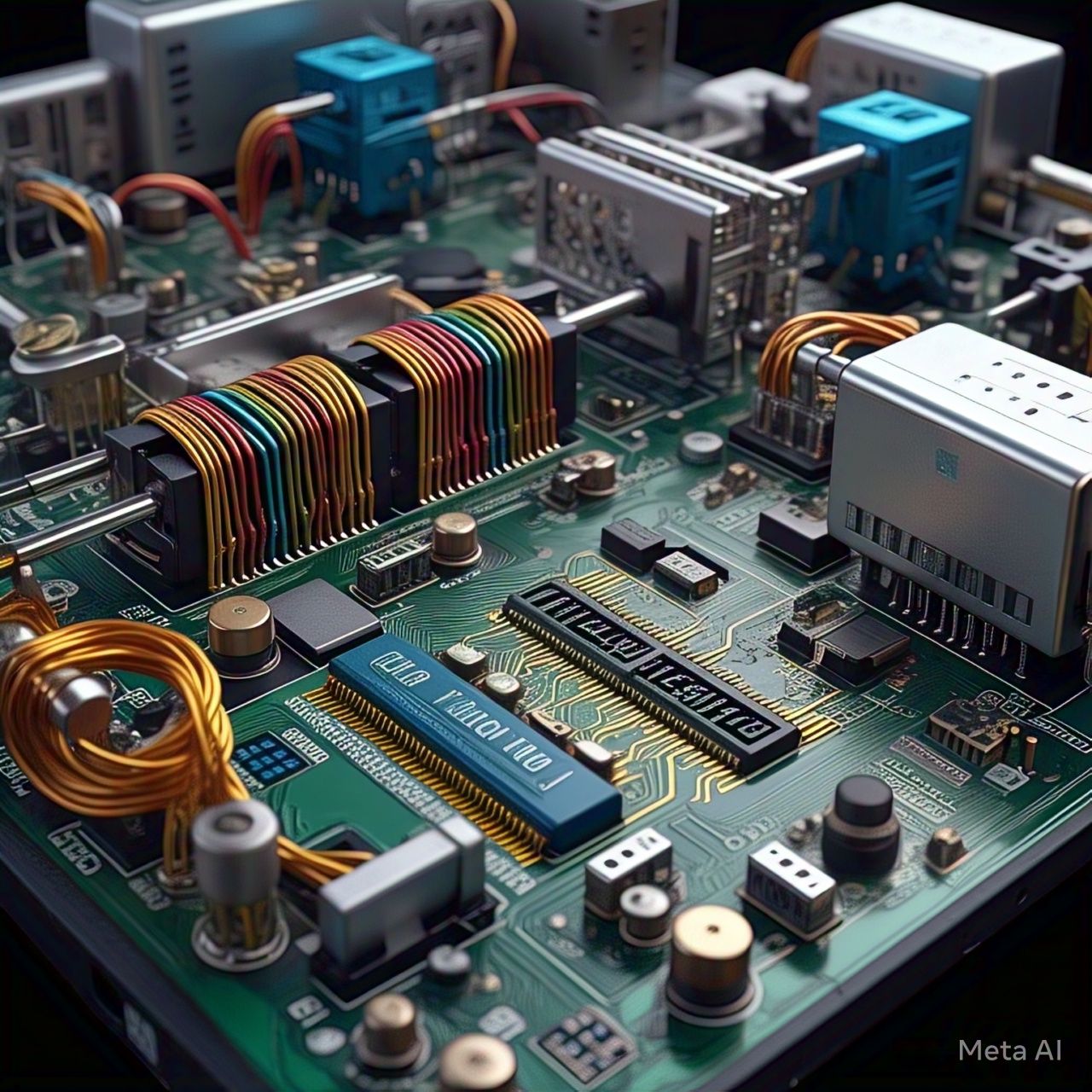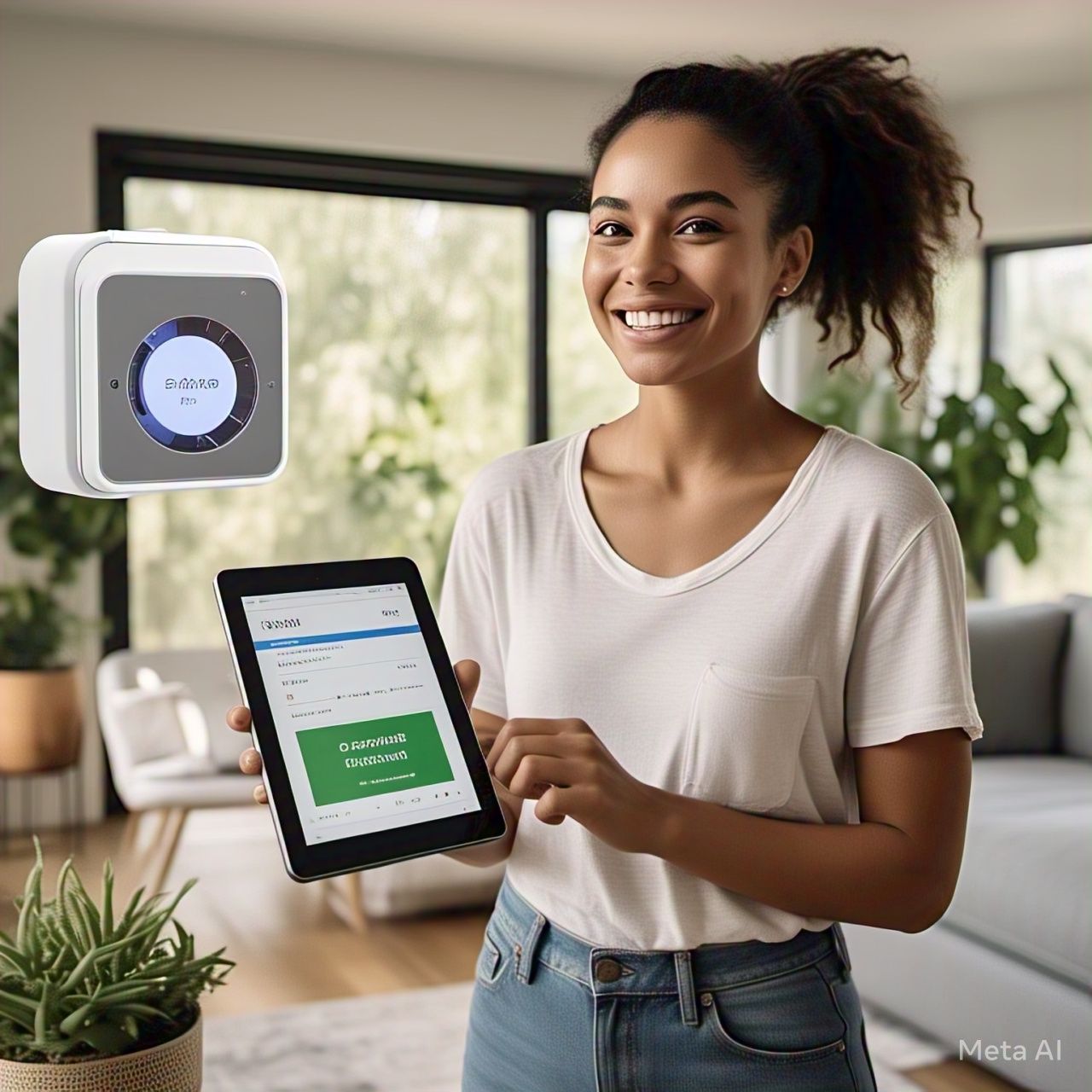Table of Contents
- Introduction
- Fundamentals of Quantum Computing
- Key Challenges in Building Practical Quantum Computers
- Hardware Limitations
- Quantum Decoherence and Error Correction
- Scalability Issues
- Maintaining Quantum Stability (Quantum Coherence)
- Energy and Cooling Requirements
- Software and Algorithm Development
- Cost and Resource Constraints
- Potential Solutions to Quantum Computing Challenges
- Advancements in Quantum Error Correction
- Novel Qubit Designs
- Hybrid Quantum-Classical Systems
- Scalable Quantum Architectures
- Quantum Cloud Computing
- Future of Quantum Computing
- Conclusion
- FAQs
1. Introduction
Quantum computing holds the promise of revolutionizing problem-solving across industries such as cryptography, artificial intelligence, and drug discovery. However, building practical, scalable quantum computers remains one of the most challenging technological hurdles. This article delves into the key obstacles and potential solutions shaping the future of quantum computing.
2. Fundamentals of Quantum Computing
Quantum computers leverage quantum bits (qubits) that operate under superposition and entanglement principles, enabling them to perform complex computations exponentially faster than classical computers. However, unlike classical bits, qubits are highly unstable and error-prone, making practical quantum computing extremely challenging.
3. Key Challenges in Building Practical Quantum Computers
3.1 Hardware Limitations
Quantum computing hardware is highly complex and delicate. Unlike classical transistors, qubits require extremely low temperatures (near absolute zero) to function properly. Current hardware is limited to prototype quantum processors that struggle with stability and scalability.
3.2 Quantum Decoherence and Error Correction
Quantum decoherence occurs when a qubit loses its quantum state due to external interference. Unlike classical bits, qubits are incredibly sensitive to environmental noise, making computations prone to errors. Quantum error correction (QEC) is necessary, but it requires a significant increase in the number of physical qubits to create logical qubits, making scaling difficult.
3.3 Scalability Issues
Current quantum processors contain only tens to hundreds of qubits, whereas practical quantum computers require millions of qubits. Scaling quantum systems while maintaining error correction and stability is one of the biggest challenges in quantum engineering.
3.4 Maintaining Quantum Stability (Quantum Coherence)
Qubits must maintain quantum coherence long enough to perform meaningful computations. However, coherence times are often measured in milliseconds, making it difficult to execute complex algorithms before errors accumulate.
3.5 Energy and Cooling Requirements
Quantum computers require cryogenic cooling systems to keep qubits operational, often reaching temperatures colder than outer space. These extreme conditions demand enormous energy consumption and advanced refrigeration technology.
3.6 Software and Algorithm Development
Quantum software development is still in its early stages, with limited programming frameworks. Unlike classical programming, quantum algorithms require a different approach, making it difficult for developers to create efficient, error-resistant quantum programs.
3.7 Cost and Resource Constraints
Quantum research is expensive, requiring massive funding for hardware, energy, and specialized facilities. Building practical quantum computers remains economically infeasible for most institutions outside of tech giants and government-funded research labs.
4. Potential Solutions to Quantum Computing Challenges
4.1 Advancements in Quantum Error Correction
Researchers are developing better quantum error correction codes such as surface codes and topological qubits, which could significantly reduce errors and improve stability.
4.2 Novel Qubit Designs
New qubit designs such as superconducting qubits, trapped ions, photonic qubits, and topological qubits offer promising alternatives for increasing coherence times and scalability.
4.3 Hybrid Quantum-Classical Systems
A hybrid approach where quantum and classical computers work together can help overcome current limitations by offloading certain computations to classical systems.
4.4 Scalable Quantum Architectures
Researchers are exploring modular and networked quantum systems, which involve connecting multiple quantum processors to increase scalability without requiring a single massive machine.
4.5 Quantum Cloud Computing
Companies like IBM, Google, and Amazon are offering cloud-based quantum computing platforms, allowing researchers and developers to access quantum computers remotely, eliminating some of the infrastructure challenges.
5. Future of Quantum Computing
- Fault-tolerant quantum computers: Systems capable of running quantum algorithms without errors will enable practical real-world applications.
- Quantum-AI Integration: Quantum computing may revolutionize machine learning and artificial intelligence.
- Commercially viable quantum computing: Within the next 10-20 years, we may see quantum computing transition from experimental research to commercial applications.
6. Conclusion
Building practical quantum computers is an incredibly challenging endeavor, requiring breakthroughs in hardware, software, and error correction techniques. While challenges persist, ongoing research and investment in quantum technology continue to push the boundaries, bringing us closer to the era of useful quantum computing.
7. FAQs
7.1 Why is quantum computing so difficult to achieve?
Quantum computing faces challenges such as hardware instability, quantum decoherence, error correction, and extreme cooling requirements, making practical implementation difficult.
7.2 How many qubits are needed for a useful quantum computer?
Experts estimate that a fault-tolerant quantum computer would need millions of qubits, whereas today’s quantum processors only have tens to hundreds.
7.3 Will quantum computers replace classical computers?
No, quantum computers will complement classical computers, excelling in specific tasks like cryptography, optimization, and molecular simulations.
7.4 How close are we to practical quantum computers?
Researchers predict that it may take 10-20 years before fully fault-tolerant and scalable quantum computers become viable for real-world applications.
7.5 Can quantum computers break encryption?
Yes, algorithms like Shor’s algorithm could theoretically break current encryption methods, but researchers are developing quantum-resistant cryptography to counteract this threat.
Quantum computing remains a long-term vision, but continuous advancements in hardware, error correction, and scalability will eventually unlock its true potential.




